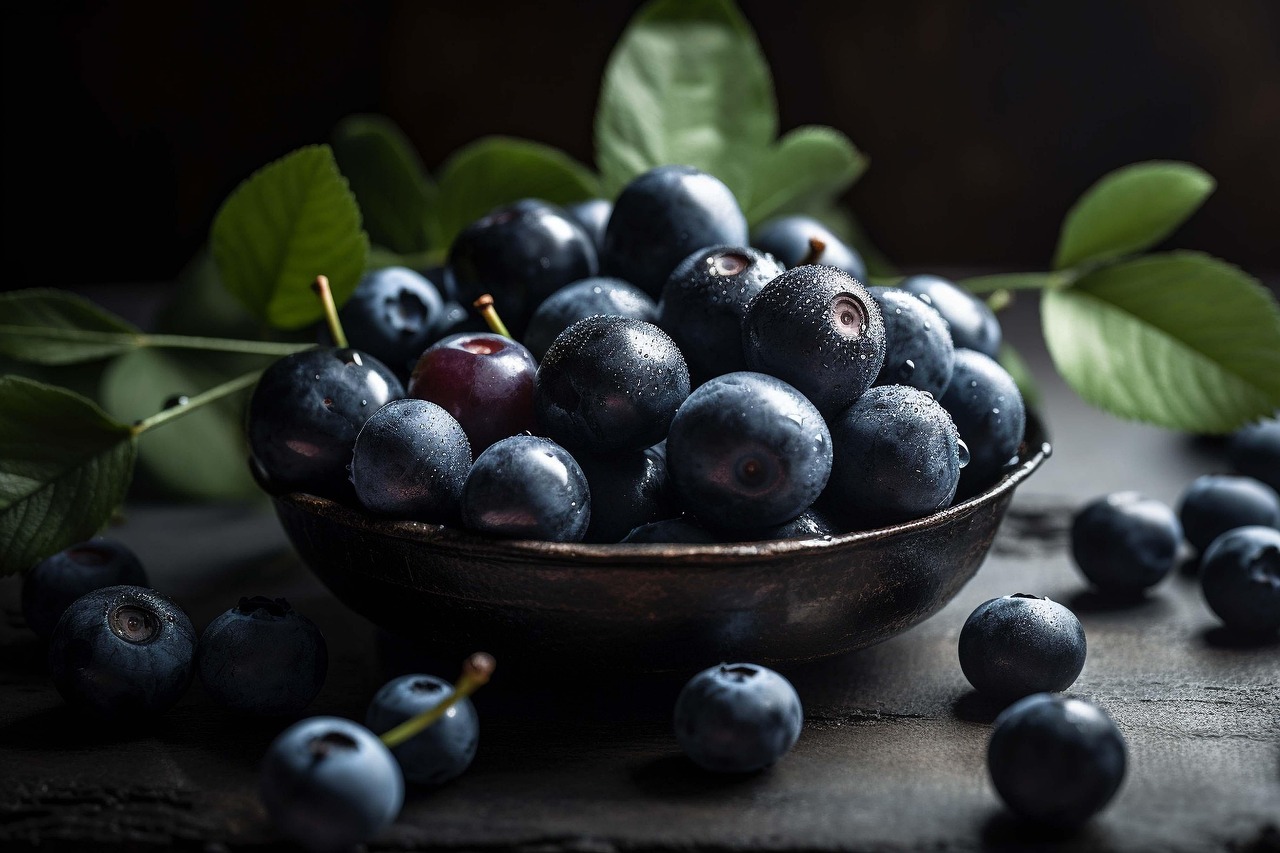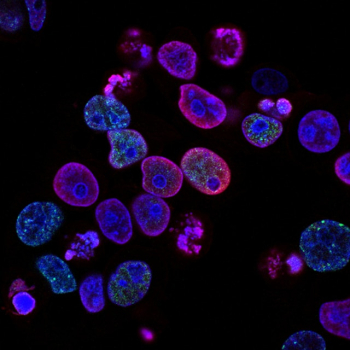The Hidden Truth About Ageing (And How to Slow It Down)
What if we told you that ageing isn’t just about getting older - it’s about how well your body can fight back against time?
At DoNotAge.org, a Health Research Organisation, we are committed to advancing scientific research on cellular health and longevity. Through collaborations with leading scientists, we’re uncovering how ageing works at a biological level - and, more importantly, how to slow it down.
Science has made remarkable discoveries in recent years, showing that ageing is not just a passive process. The rate at which we age is influenced by daily choices, environment, and targeted interventions that support cellular function.
But what exactly drives ageing, and what can we do about it? Let’s explore the latest research and how Pure NMN, used in clinical trials, could be a powerful tool for energy, metabolism, and DNA repair.
What Drives Ageing? The Science Explained
Ageing is a complex biological process influenced by genetic, lifestyle, and environmental factors. While we can’t stop time, we can slow down the internal processes that cause decline over time.
The Five Key Drivers of Ageing
1. Cellular Senescence: The Build-Up of Non-Functioning Cells
As we age, some cells stop functioning properly but don’t die off—a process known as cellular senescence. These cells accumulate and release inflammatory compounds, contributing to:
- Chronic inflammation
- Reduced tissue repair
- Increased risk of age-related conditions such as arthritis and cardiovascular disease
2. Mitochondrial Decline: The Energy Deficit
Mitochondria—your cells' energy powerhouses—fuel almost every function in the body. As we age, mitochondrial efficiency declines, leading to:
- Fatigue and reduced endurance
- Muscle loss and weakness
- Cognitive decline
3. NAD+ Depletion: The Cellular Ageing Factor
NAD+ (Nicotinamide Adenine Dinucleotide) is a vital molecule involved in DNA repair, metabolism, and energy production. By middle age, NAD+ levels drop significantly, accelerating:
- Slower metabolism and energy loss
- Increased inflammation and oxidative damage
- Higher risk of age-related diseases
4. Oxidative Stress & Free Radicals
Free radicals are unstable molecules that damage cellular structures, contributing to wrinkles, inflammation, and degenerative conditions. While antioxidants help fight oxidative stress, our natural defences weaken with age.
5. Telomere Shortening: The DNA Countdown Clock
Each time a cell divides, telomeres (the protective caps on DNA) shorten. Once they become too short, cells lose their ability to function correctly. Scientific research shows that lifestyle factors such as chronic stress, poor diet, and lack of sleep can accelerate this process.
Can We Slow Down Ageing? Science Says Yes.







